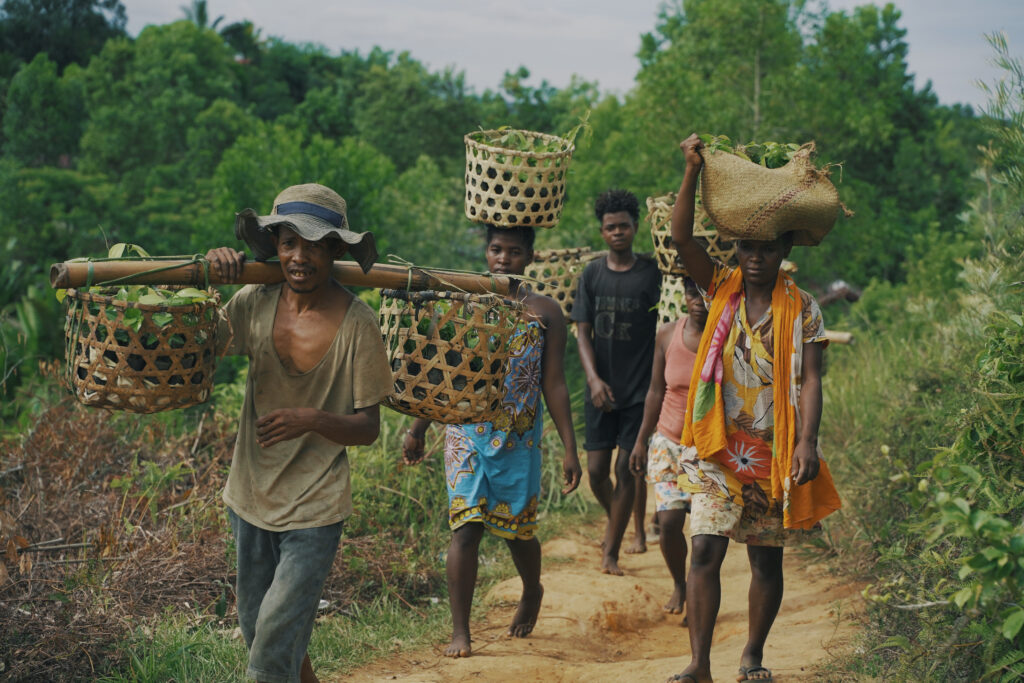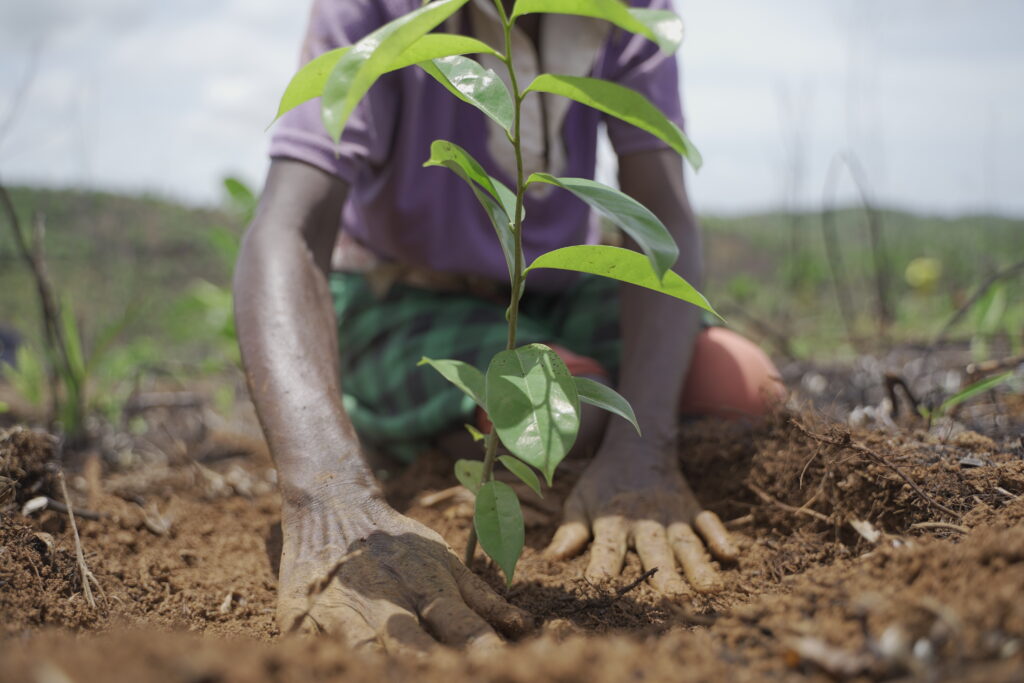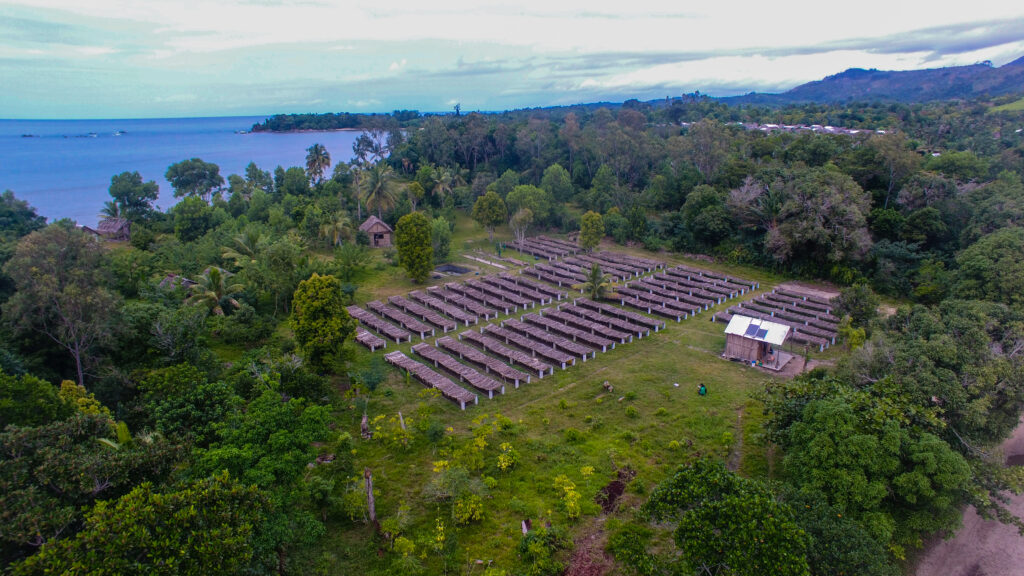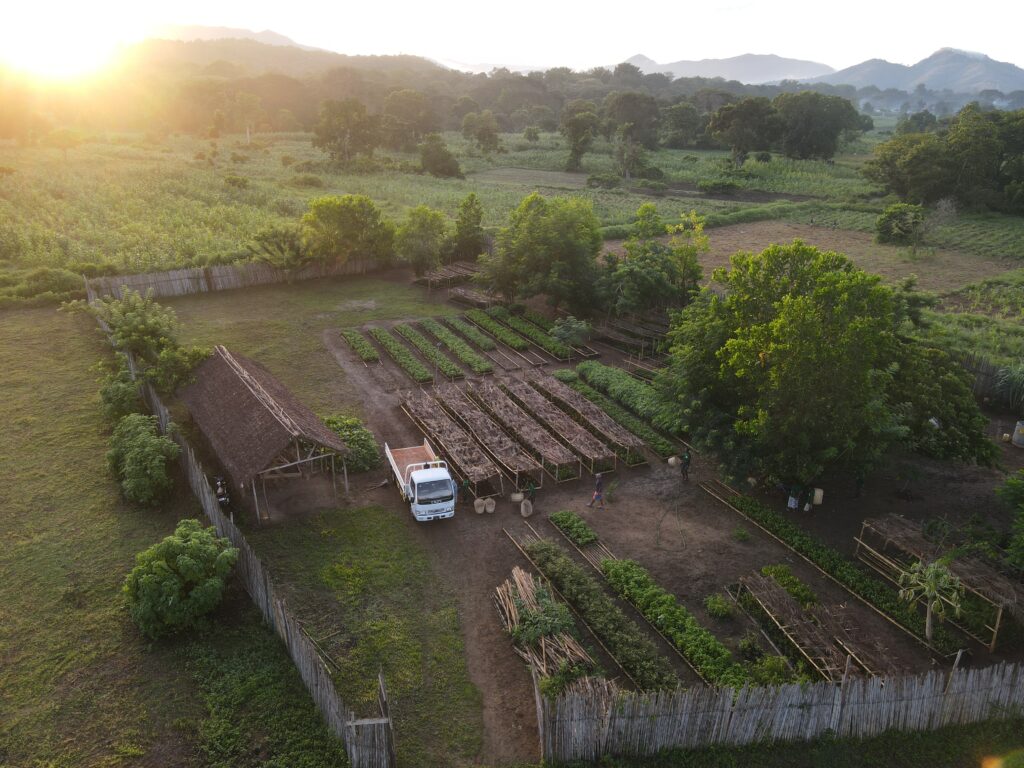Ma Hazo
Ecosystem Restoration through Sustainable Agriculture in Madagascar

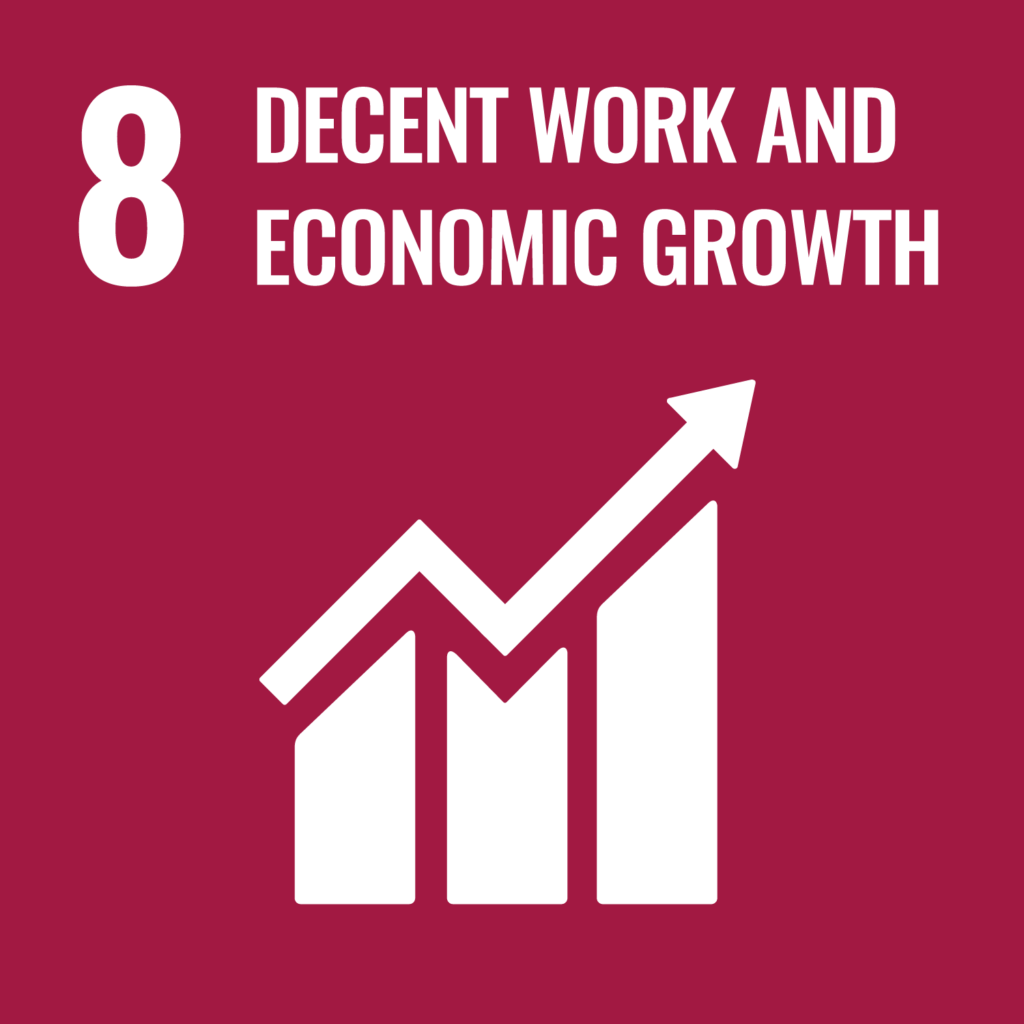
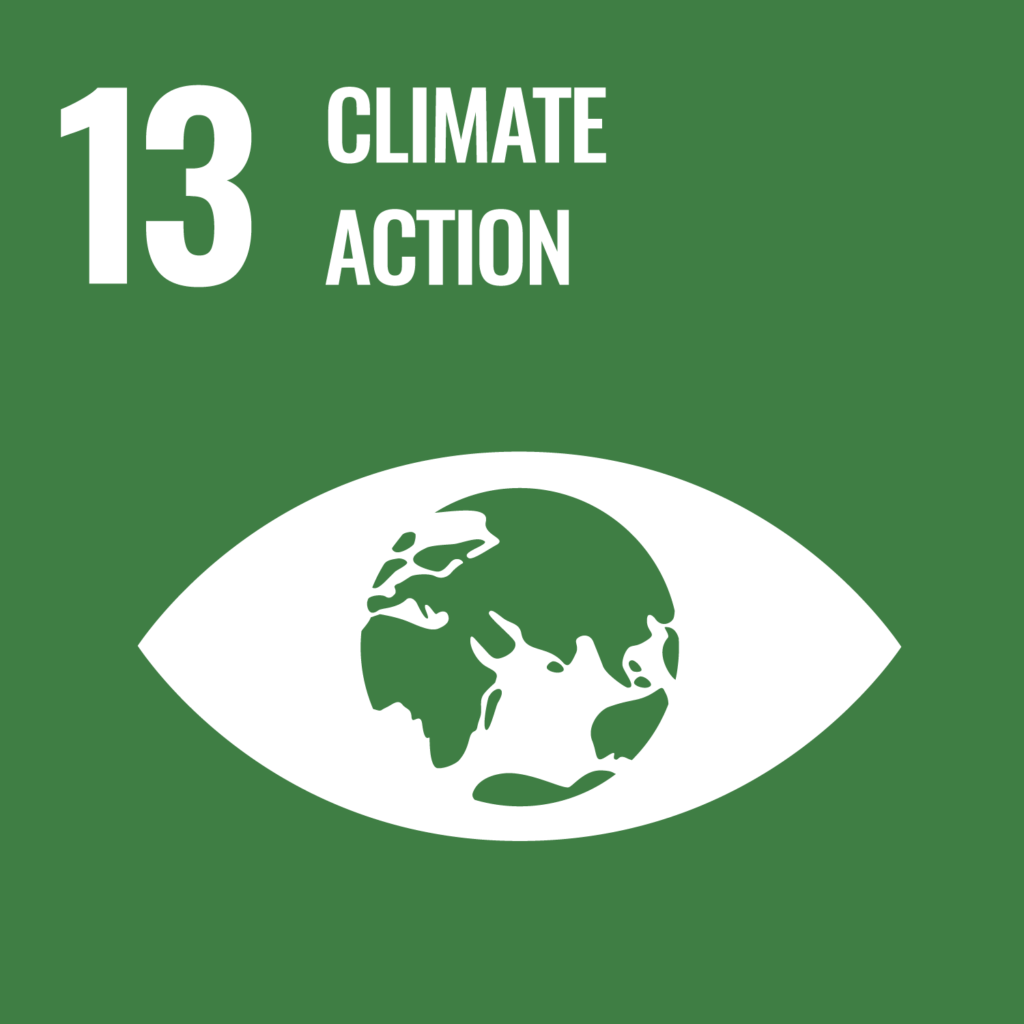

In Madagascar, sustainable coffee and cocoa production is being redefined through the integration of indigenous farming techniques, agroecology, and community-driven agroforestry practices. The project advances sustainable coffee and cocoa production by integrating indigenous farming techniques, alley cropping, and agroecology to improve soil health, conserve biodiversity, and enhance ecosystem services. Through agroforestry training programs, Malagasy farmer cooperatives are adopting regenerative practices, focusing on planting indigenous tree species alongside coffee and cocoa crops. This initiative enables cooperatives to implement community-led agroforestry models, driving biodiversity restoration, value chain enhancement, and economic sustainability.
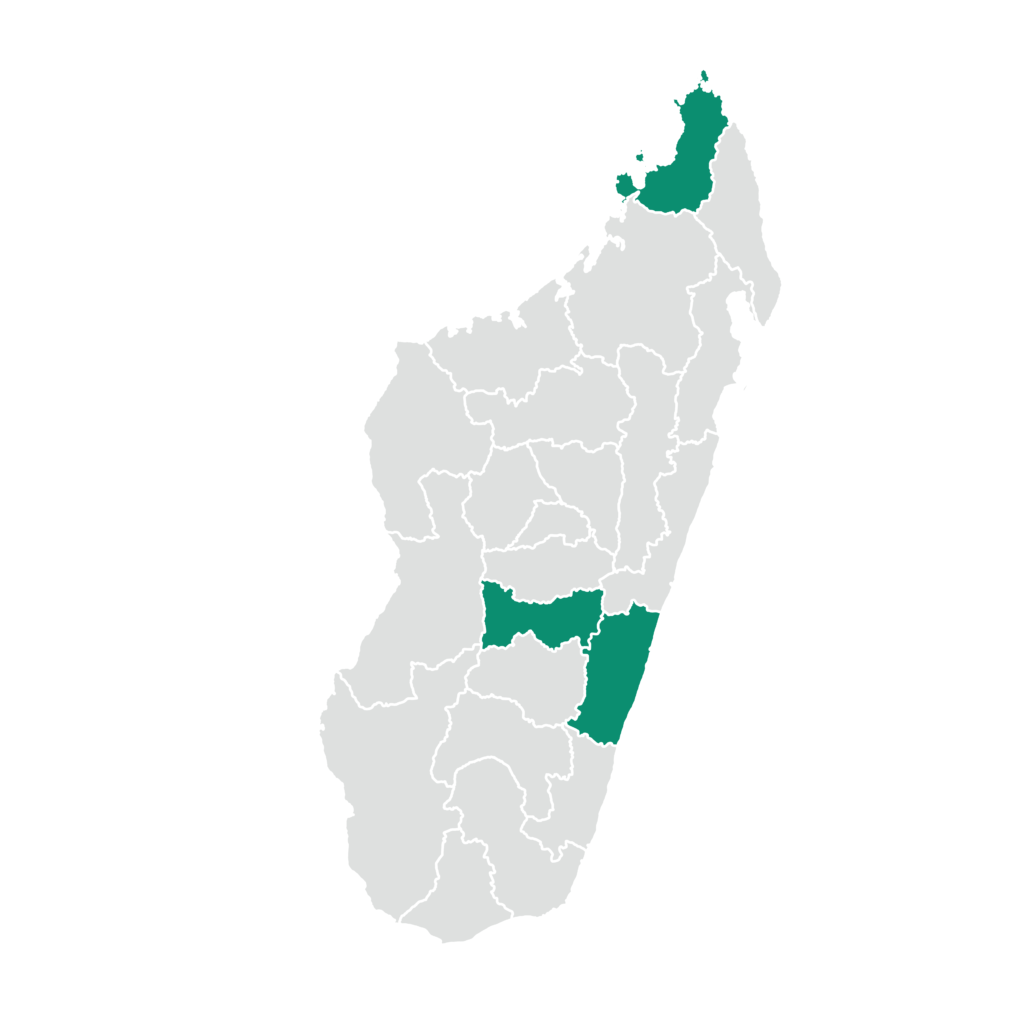
Diana, Amoron’i Mania. Vatovavy Fitovinany; Madagascar
Project Location: Diana, Amoron’i Mania. Vatovavy Fitovinany; Madagascar
Methodology: Afforestation, Reforestation, Revegetation (ARR)
![]() Current plantation: 1500+ HA
Current plantation: 1500+ HA
![]() Future Expansion: 40,000 HA
Future Expansion: 40,000 HA
![]() Communes involved: 16
Communes involved: 16
![]() Villages Included: 50+
Villages Included: 50+
From Farm to the Global Market: Growing Value in Madagascar
Integrating coffee and cocoa leverages Madagascar’s diverse regional advantages, with high-quality cocoa systems flourishing in the internationally acclaimed Diana region’s Sambirano Valley, while coffee agroforestry thrives in Amoron’i Mania and Vatovavy Fitovinany regions. This geographically targeted approach, combined with subsistence farming, creates a dual-benefit agricultural model that secures export income from high-value markets and year-round food security through sustainable polyculture systems. The project focuses on improved farming practices & yield, digital traceability & transparency, and the creation of robust livelihoods while increasing farmers’ connection to global markets. Through strategic partnerships, farmers gain access to investments that help them create premium products, improving market access, supporting green jobs, and strengthening local economies.


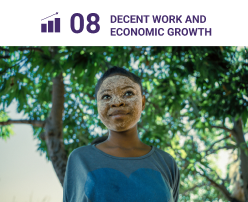


The initiative builds financial resilience for smallholder farmers through diversified income streams from premium coffee and cocoa markets, coupled with sustainable food production systems. Strategic value chain investments and cooperative structures enable farmers to capture higher market values, reducing rural poverty through sustained economic opportunities.
The program facilitates marine-based community livelihood programs such as silk production, beekeeping, eco-tourism, and sustainable seafood, among many other livelihood interventions. This initiative is closely tied to enhancing coastal resilience in Madagascar, ensuring sustainable livelihoods and protected ecosystems in tandem.
Ma Honkô works with thousands of indigenous community members to deliver large-scale mangrove reforestation. That enables removing almost 20 million tCO2 from the atmosphere, making the project a true example of community-powered climate action at scale. This blue carbon initiative serves as a cornerstone of the sequestration efforts in Madagascar.
The program brings together the federal government, local government agencies, and grassroots local leaders at the village level to deliver a large-scale restoration solution. This is a first for Madagascar and promises to be a case study on community leadership. Ma Honkô works with elements of education, sanitation, access to energy, and alternative livelihoods at local levels beyond being a restoration program. These aspects are facilitated by partnerships across all levels of governance.
Gender Inclusion at Scale
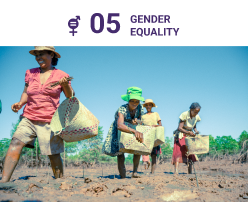
An estimated half of the community members part of this program are women. They are involved in nursery management and the activities surrounding planting and monitoring. The program encourages increased participation by women in livelihood implementations like silk production, beekeeping/honey production, ecotourism, and other market-based activities. It also works with energy by providing access to solar-based electricity in the hamlets, directly affecting the ability of women to participate in income-generating activities.
Alternative Livelihoods for Stewardship of the ‘Blue Economy’

The program facilitates marine-based community livelihood programs such as silk production, beekeeping, eco-tourism, and sustainable seafood, among many other livelihood interventions. This initiative is closely tied to enhancing coastal resilience in Madagascar, ensuring sustainable livelihoods and protected ecosystems in tandem.
Marine Biodiversity Conservation

Ma Honkô works with thousands of indigenous community members to deliver large-scale mangrove reforestation. That enables removing almost 20 million tCO2 from the atmosphere, making the project a true example of community-powered climate action at scale. This blue carbon initiative serves as a cornerstone of the sequestration efforts in Madagascar.
Marine Biodiversity Conservation

This initiative will facilitate biodiversity conservation by enabling the restoration of critical marine ecosystems to offer habitats to a range of endemic species. It also works with sustainable fishing and supply chains, which, in turn, will work with local communities to minimize risks to the fragile ocean ecosystems.
Collective Action for Marine Protection

The program brings together the federal government, local government agencies, and grassroots local leaders at the village level to deliver a large-scale restoration solution. This is a first for Madagascar and promises to be a case study on community leadership. Ma Honkô works with elements of education, sanitation, access to energy, and alternative livelihoods at local levels beyond being a restoration program. These aspects are facilitated by partnerships across all levels of governance.
Gallery

